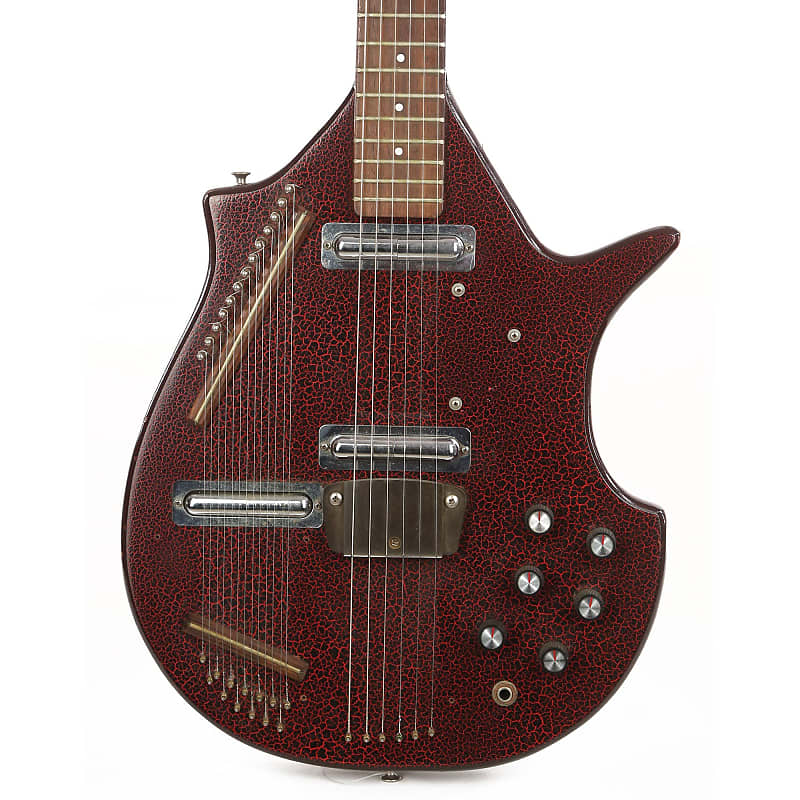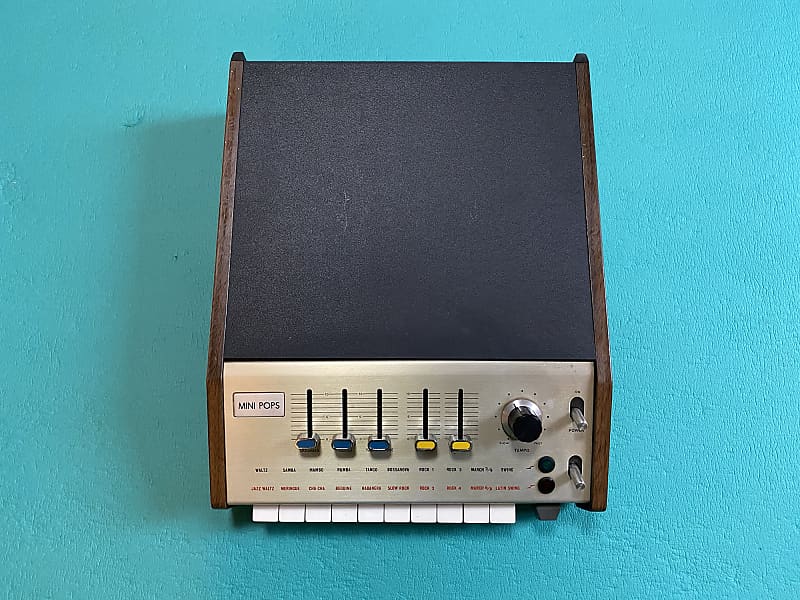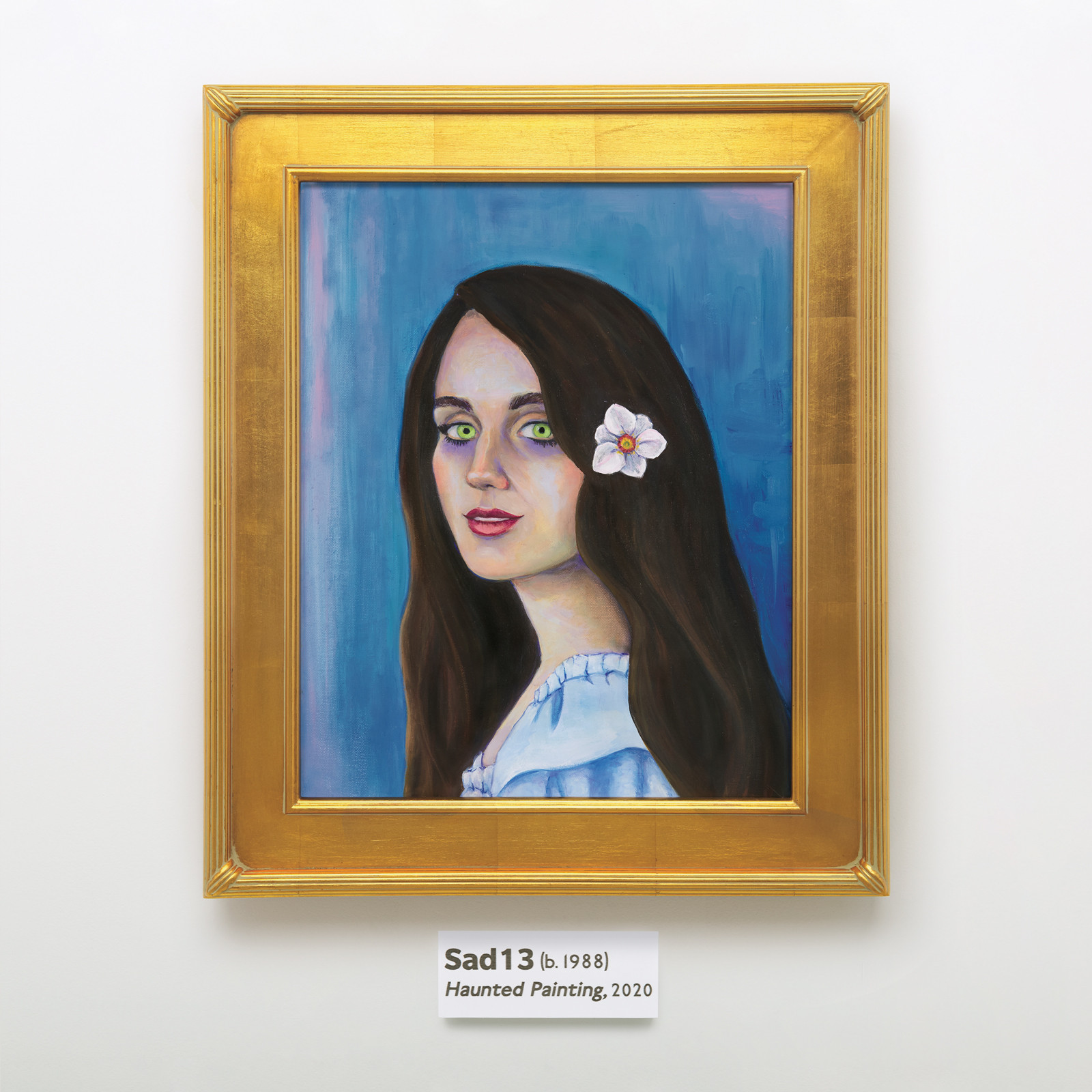While touring with her band Speedy Ortiz or in support of her 2018 poetry book Mouthguard, Sadie Dupuis carved out time to record songs for her solo project Sad13 at different recording studios across the country: Sonic Ranch in Tornillo, Tiny Telephone in San Francisco, La La Land in Louisville, Figure 8 and Studio G in Brooklyn, Dupuis' home in Philadelphia, and New Monkey in Los Angeles.
Outside of some orchestral parts and the album's drumming, the resulting record—Haunted Painting—has Dupuis playing all the instruments, tailoring her choices and arrangements to the gear the various studios had on hand. (She was tracked, mixed, and mastered by a murderer's row of engineers, including: Sarah Tudzin, Erin Tonkon, Maryam Qudus, and Emily Lazar.)
At New Monkey (which Reverb featured in our Show Us Your Space series), Dupuis took inspiration from the original builder, Elliott Smith. "He's one of my guiding influences in composing and home recording," Dupuis said. "He was kind of a gear nut, and the equipment there reflects it."
Fresh off the release of Haunted Painting, which arrived September 25, Dupuis recounts for Reverb some of the most interesting pieces of gear she used to make the album. Keep reading to hear straight from her below.
To order Haunting Painting or learn more about the album, click here.
Epiphone Texan FT-79
New Monkey was Elliott Smith's old studio, and while the new owners have stocked it with tons of awesome gear, a lot of its coolest equipment was Elliott's, including microphones, his Fairchild 670 compressor and the Trident Triad A-Range board he installed himself.
His '63 Epiphone Texan (popularized by Paul McCartney) is called the "magic guitar" around the studio, and it has the nicest acoustic guitar sound I've gotten on a record. Apparently it was used all over XO and Figure 8 and has a really warm, full, familiar sound.
On Haunted Painting, we used it for rhythm to fill out the choruses of "Oops…!," and it was even more gorgeous for fingerpicking and little acoustic lead lines on "Good Grief."
Moog Source

Tiny Telephone has an incredible analog synth collection with just about anything I could've imagined wanting to use, including a CS-50, an OB-8, an old ARP Odyssey, even a 1968 Moog Modular.
But the one I keep putting in my Reverb cart is the Moog Source. It's small and monophonic and not wildly versatile, but super distinct.
Devo, The Rentals, and Gary Numan all used a Source, and it's very easy to dial in synth leads in the vein of those projects, which I tried my best to do on "Hysterical" and "Ghost (of a Good Time)."
Coral Electric Sitar

My pedal chain is usually overloaded with drive and fuzz. So sometimes I like using the "solo" section for quieter, drier leads, which inverts the tension.
Studio G in Brooklyn had this '60s electric sitar, which was perfect for the instrumental section in "WTD?"
The buzz bridge and twanginess gives it a perfect resonance that's unique, a nice reprieve from heavy and stacked guitars.
On a descending riff with a toy piano doubling it, it gave a kind of "Signed, Sealed, Delivered" feel.
Zvex Ooh Wah and Ringtone

Figure 8 in Brooklyn had the most fun collection of pedals, so of course this was the studio where I tracked songs with strings and woodwinds and not too much rock instrumentation. Their Klon Centaur got heavy use (on lap steel, even), but we prioritized glitchier pedals on decorative guitars, which added grittiness to otherwise orchestral arrangements.
Zvex pedals are as glitchy as they get. We used two of their 8-step sequencer pedals on "Into the Catacombs" and "Take Care" specifically for that unpredictability.
The Ringtone is a ring-modulator and the Ooh Wah is a tremolo with a randomizer. Together they gave a nice unruliness that counteracted the strings' prettiness.
I am incredibly tempted to buy this specific Ringtone, previously owned by Walter Becker, who was apparently a big Zvex fan.
Korg Mini Pops 7

There are maybe too many drum layers on Haunted Painting. I usually started by programming "acoustic" parts for Sad13's drummer Zoë Brecher to translate and re-record in-studio. Often there are a couple layers of electronic drums on top of that, made up of my own sample collection or triggering a LinnDrum.
The Mini Pops filled in whatever gaps were left. It's a '60s drum machine, synonymous with French electronic music of that era. It's cute, somewhat thinner than the '80s and '90s samples I gravitate towards, and because it only has so many built-in rhythms, it removed a level of composing control that added an element of surprise for me.


